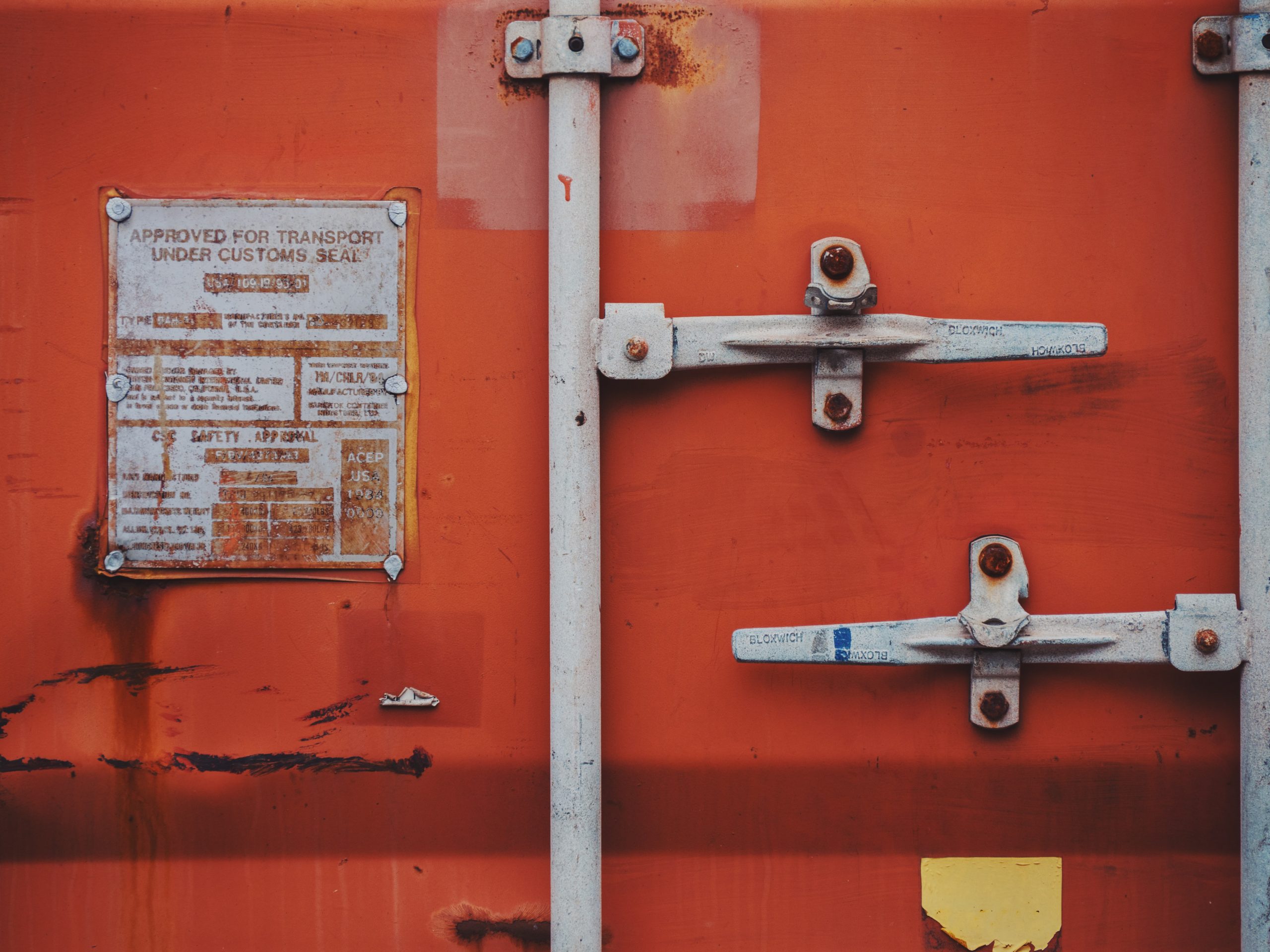Basic principles of transport by sea containers. Buying shipping containers may seem simple enough, but getting them to where they are needed can sometimes be a challenge. Here is our guide to help you determine the mode of transport that best suits your needs, so that you can get your dream shipping container and the contents exactly to meet the expectations of the company and intermediate carriers.
Sea containers, local and international transport.
There are different requirements for shipping your Shipping container, depending on how far you need the shipping container and how you intend to move it. You can transport locally, between internal state borders and even within the territory of a foreign country. Once you know this, you can weigh the advantages and disadvantages of each transport method, whether by road, rail or container sea.
- https://www.wjejstylu.com.pl/jak-otworzyc-sklep-internetowy-z-ubraniami/
- https://www.gran-bruk.pl/pl/jak-kupowac-bizuterie-w-lombardzie/
- https://www.mwf.com.pl/farba-do-dachu-jak-wybrac-najbardziej-odpowiednia/
If you are transporting a container locally over a short distance, the most affordable and flexible option is road transport. Your delivery will be fast, allowing delivery to a very specific location (subject to access) and at a scheduled time for your convenience and in line with the expectations of the customer who will collect the goods. Unfortunately, sea transport via container does not always meet these requirements. Road transport also does not require shipping containers to have any certificates or international approvals that will enable them to travel to a given country. Just load it up and you’re done.
However, it is worth getting to know the most frequently chosen containers in sea transport and choosing them to the individual needs related to a given order.
- catering-dietetyczny.net.pl/catering-dietetyczny-poznan/
- witaminy-naturalne.pl/kategoria/witamina-d
- lodowki24.com.pl
Requirements to be fulfilled during transport between continents or between countries.
When transporting your container between Australian states, rail is most cost-effective over longer distances. This transport is considered to be the safest, most efficient form of land transport, helping to reduce road congestion. However, do not forget to include the transportation of the shipping container from its original location to the train station and pick it up again from the destination train station to its final destination where the goods will be unloaded. This may result in additional storage charges at yards when transporting the container by sea and road transport costs at both ends.
In the case of rail transport, it will also be required to obtain the Container Safety Convention (CSC) certificate, which confirms the safety of the transport container during the journey. Road transport does not require a CSC, unless there is some rail component in the travel process. The road is a much more flexible option, but it is more expensive over longer distances, which often leads large companies to a logistic problem when devising the route that the transported goods will have to travel.
It’s worth noting that you can also ship shipping containers by sea between states, however they may not be as flexible or as cost effective as rail or road transportation.
Transport of the container abroad can only be done by sea. You may also need road or rail transport to get to the port and pick up your already loaded and road-ready sea container from the port area.
Transporting the container abroad may require some communication with the forwarder. Freight forwarding companies can be easily found on the Internet. They specialize in developing a logistics strategy for the transportation of your container from A to B. They will work with shipping companies and shipping lines on your behalf and ensure that your sea container is safely moved from its initial point to your new home.
Please note that some shipping companies will only deal with companies that export larger quantities. When moving personal belongings (for example, when moving house), it may be more effective to contact shipping lines directly and contact sales or individual customer service instead of businesses.
Remember that sometimes a CSC certificate is necessary.
If the shipping container is still under the control of the shipping container, you don’t need CSC as the container will already be certified. However, if you have purchased a shipping container, your carrier will need to know that the container is structurally safe. Obtaining a CSC certificate is mandatory for rail and sea transport, which will ensure your container travels safely.
The CSC certificate states that the container has been checked by a qualified maritime expert in accordance with the Convention on the Safety of Containers in Sea Transport and that the specifications and guidelines for safe travel have been met. If the shipping container does not meet these quality standards, it cannot be shipped.
If you are purchasing a container, make sure the supplier can issue this certificate to you. Expect to pay a small fee for this service.






